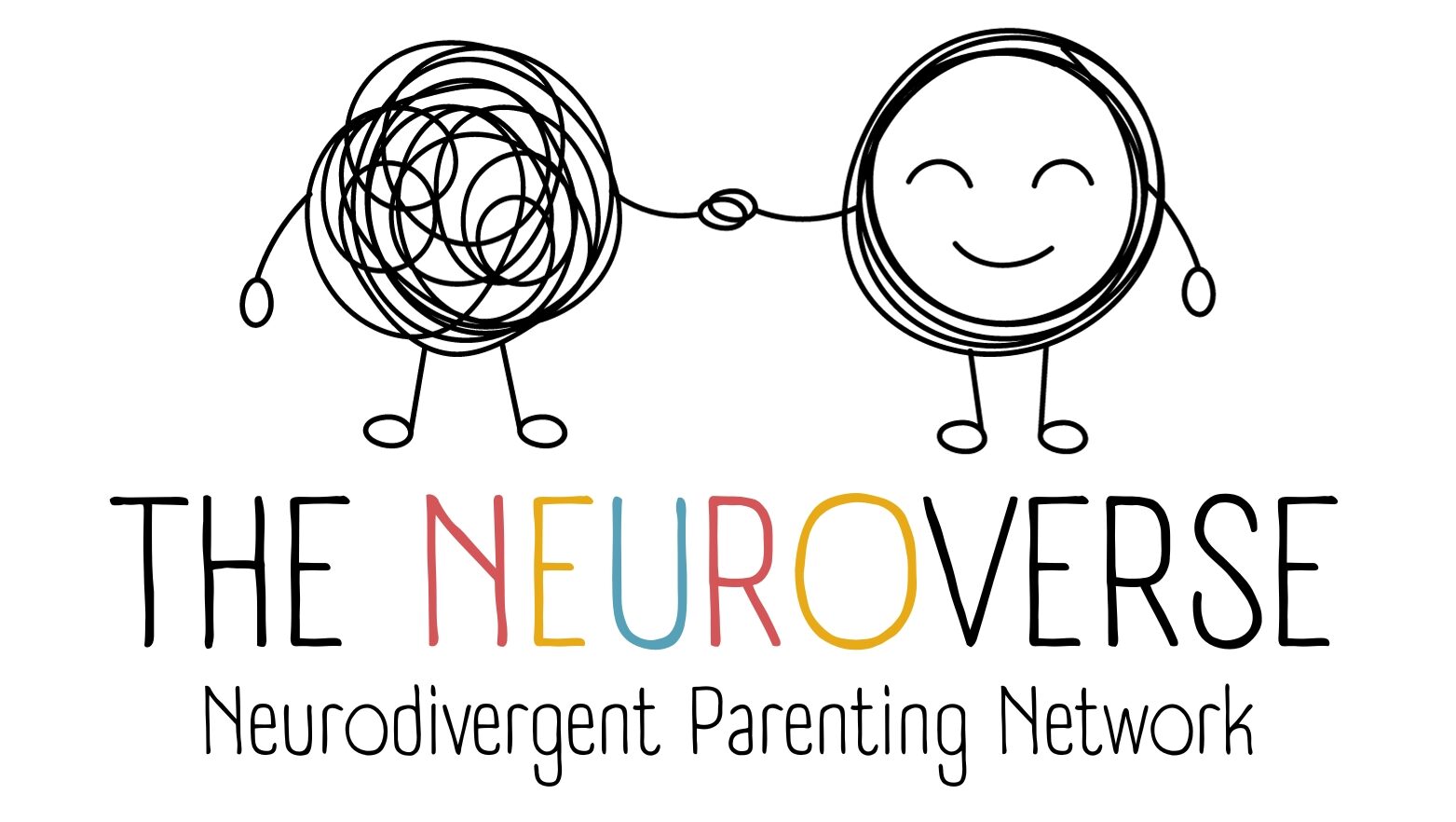Understanding Declarative Language: A Helpful Tool for Supporting Neurodivergent Kids

Declarative language is a communication strategy that can be especially helpful when supporting neurodivergent children, such as those with autism or ADHD. This approach focuses on sharing thoughts, observations, and information in a way that invites the child to think and respond, rather than simply following instructions. For children who may find traditional behaviour-focused methods challenging, declarative language offers a more gentle and supportive way to help them navigate social interactions and develop important life skills.
What is Declarative Language?
Declarative language is a way of talking that shares information or observations rather than giving commands or asking direct questions. It’s more like making a comment or starting a conversation, rather than telling someone what to do. For example, instead of saying, “Put your shoes on,” you might say, “It looks like we’re getting ready to go outside.” This type of language is open-ended and gives the child space to think and respond in their own way.
For neurodivergent children, declarative language can be particularly useful because it encourages them to engage with what’s being said, think about their own actions, and feel more in control of the situation. It’s less about making the child do something and more about helping them understand and process what’s happening.
Declarative Language in Everyday Situations
In many behavioural approaches, adults often use commands to get a child to behave in a certain way. While this can be effective, it sometimes creates pressure or resistance, especially for neurodivergent children. Declarative language offers a different approach that can reduce this pressure and help children feel more comfortable and understood.
Here’s how declarative language might be used in some everyday situations:
Sharing Toys
Command: “You need to share your toys.”
Declarative: “I see you both really like that toy. I wonder how you could both enjoy it together.”
The declarative statement encourages the child to think about how they might share, rather than simply being told to do so.
Transitioning Between Activities
Command: “It’s time to clean up now.”
Declarative: “It looks like you’re really into what you’re doing. I’m curious what we can do to get ready for the next activity.”
This approach acknowledges the child’s current focus and helps them think about what comes next, easing the transition.
Handling Upset Feelings
Command: “Calm down and apologise.”
Declarative: “It seems like you’re feeling really upset. I wonder what your friend might be feeling right now.”
The declarative language helps the child reflect on their emotions and consider the feelings of others, promoting empathy.
Why Declarative Language is Beneficial
Declarative language offers several important benefits for neurodivergent children:
Encourages Independent Thinking: Instead of just following orders, children are invited to think about what they want to do and why.
Reduces Stress and Resistance: Because declarative language is less demanding, it often creates a calmer environment where children feel less pressured.
Builds Social Understanding: This approach helps children think about social situations and how their actions affect others, which can be particularly helpful for kids who struggle with social interactions.
Here are more examples of how declarative language can be used in various situations with children and teenagers:
For Younger Children:
During Playtime:
Situation: A child is frustrated while building a block tower that keeps falling.
Declarative Language: “That tower looks tricky to balance. I wonder what might help it stay up longer.”
Purpose: Encourages problem-solving and perseverance without directly telling the child what to do.
At Mealtime:
Situation: A child is reluctant to try a new food.
Declarative Language: “That food looks interesting. I’m curious how it might taste.”
Purpose: Invites curiosity and exploration, rather than pressuring the child to eat.
Getting Ready in the Morning:
Situation: A child is dawdling and not getting dressed.
Declarative Language: “It seems like we’re getting close to the time we need to leave. I wonder what we still need to do to get ready.”
Purpose: Helps the child think about the steps they need to take without feeling rushed or bossed around.
Learning to Share:
Situation: A child doesn’t want to share a toy with a sibling or friend.
Declarative Language: “It looks like you really enjoy playing with that toy. I wonder how your friend might feel about joining in.”
Purpose: Encourages empathy and consideration of others’ feelings.
For Teenagers:
Managing Screen Time:
Situation: A teenager is spending a lot of time on their phone or computer.
Declarative Language: “I notice you’ve been really focused on your phone lately. I’m curious how you feel after spending so much time online.”
Purpose: Promotes self-reflection on the impact of screen time without issuing a direct command to stop.
Handling Chores:
Situation: A teenager is reluctant to do their assigned chores/homework.
Declarative Language: “I see the dishes are still in the sink/your homework is incomplete. I’m thinking they’ll/it’ll need to be done before we can relax tonight.”
Purpose: Encourages responsibility by connecting the task to a positive outcome, rather than directly telling them to do it.
Navigating Social Situations:
Situation: A teenager is upset after an argument with a friend.
Declarative Language: “It sounds like that conversation didn’t go the way you hoped. I wonder how your friend might have understood what was said.”
Purpose: Promotes understanding and perspective-taking, helping the teenager reflect on the situation.
Dealing with School Stress:
Situation: A teenager is overwhelmed by a big project or exam.
Declarative Language: “This project seems like a lot of work. I’m wondering what steps might help break it down into something more manageable.”
Purpose: Encourages planning and problem-solving without adding to the stress by telling them what to do.
Setting Boundaries with Friends:
Situation: A teenager is feeling pressured by peers to do something they’re uncomfortable with.
Declarative Language: “It sounds like you’re feeling a bit unsure about what your friends are asking. I wonder what your gut is telling you.”
Purpose: Helps the teenager listen to their own instincts and consider their values, rather than feeling pressured to conform.
General Situations for Both Children and Teenagers:
Managing Emotions:
Situation: The child or teenager is visibly upset or angry.
Declarative Language: “It looks like you’re feeling really upset. I’m wondering what’s going on inside your head right now.”
Purpose: Opens up space for the child or teenager to express their feelings without feeling judged or pressured.
Decision-Making:
Situation: The child or teenager is struggling to make a decision about something important.
Declarative Language: “It seems like you have a lot on your mind about this decision. I’m curious about the pros and cons you’ve been thinking about.”
Purpose: Encourages thoughtful consideration of options without pushing them in a particular direction.
Building Confidence:
Situation: The child or teenager is hesitant to try something new.
Declarative Language: “This seems like a new challenge for you. I’m curious how you’re feeling about giving it a try.”
Purpose: Validates their feelings while encouraging them to consider stepping out of their comfort zone.
Using declarative language in these situations helps children and teenagers feel respected and understood, empowering them to think independently, make decisions, and manage their emotions more effectively. This approach fosters a supportive environment where they can grow and develop in a way that feels natural and comfortable for them.
Conclusion
Declarative language is a simple yet powerful tool that can make a big difference in how neurodivergent children learn and grow. By focusing on sharing information and observations, rather than giving commands, we can create a more supportive and understanding environment. This approach not only helps children feel more confident and in control but also encourages them to think critically and develop important social skills. Whether you’re a parent, teacher, or caregiver, using declarative language can be an effective way to connect with neurodivergent children and support their development in a positive, empowering way.
References:
Murray, D. S. (2020). Declarative language handbook: Using a thoughtful language style to help kids with social learning challenges feel competent, connected, and understood. CreateSpace Independent Publishing Platform.
Prizant, B. M. (2015). Uniquely human: A different way of seeing autism. Simon and Schuster.



Leave a Reply